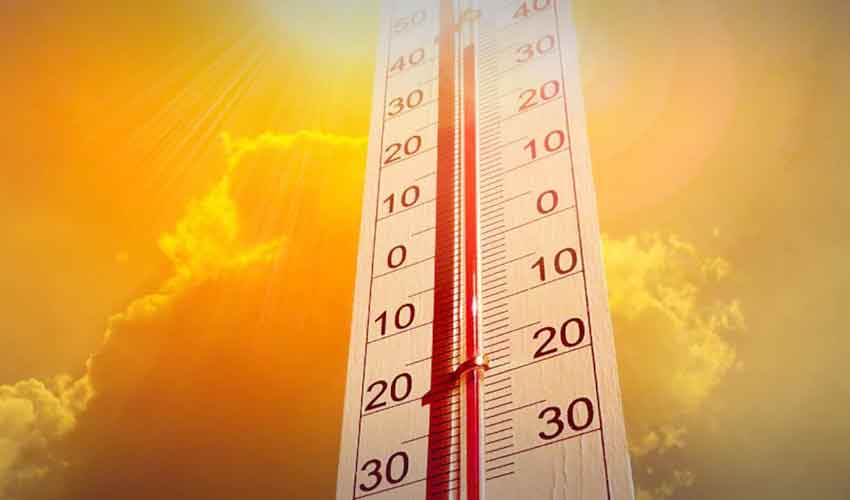Islamabad, Apr 29, 2025: Pakistan is currently battling a harsh and prolonged heatwave, with temperatures soaring to dangerous levels in many areas across the country.
As per updates from the Pakistan Meteorological Department (PMD), this intense hot and muggy weather is expected to linger until April 30.
The situation has raised serious concern among the general public and administrative authorities.
Recent data reveals that temperatures have reached a scorching 51°C in cities such as Larkana, Dadu, and Turbat.
Meanwhile, Lahore is experiencing sweltering highs of 42°C, and Karachi isn’t far behind at 37°C.
The PMD has issued a high-temperature alert, particularly for Sindh, southern Punjab, and Balochistan, where extremely hot conditions are expected to dominate.
These regions are likely to experience temperatures 6–7°C above normal, adding to public discomfort.
In Punjab, major urban centers like Lahore, Multan, and Sargodha are currently under the grip of this extreme heat.
Likewise, Sukkur, Nawabshah, and Mithi in Sindh, along with Sibi and Turbat in Balochistan, are forecast to continue enduring high heat levels throughout the coming days.
Islamabad and nearby areas are also forecast to remain hot, with daily highs predicted to stay significantly above the seasonal average. Southern districts of Punjab and Sindh may see temperature spikes of 5–7°C higher than usual.
This relentless heat is not only disrupting routine life but also influencing travel trends.
With summer officially beginning, tourist attractions in cooler regions like Kohat’s Zeera are witnessing a noticeable rise in footfall.
Read More: Karachi Heat Wave Continues, Temperatures Reach 38°C
Visitors are heading to these elevated areas to escape the suffocating heat of the plains.
In light of the extreme weather, public health officials and local governments are urging people to stay indoors during peak sunlight hours, drink plenty of fluids, and avoid unnecessary exposure to the sun.
These precautions are critical to preventing heatstroke, dehydration, and other temperature-related ailments.
